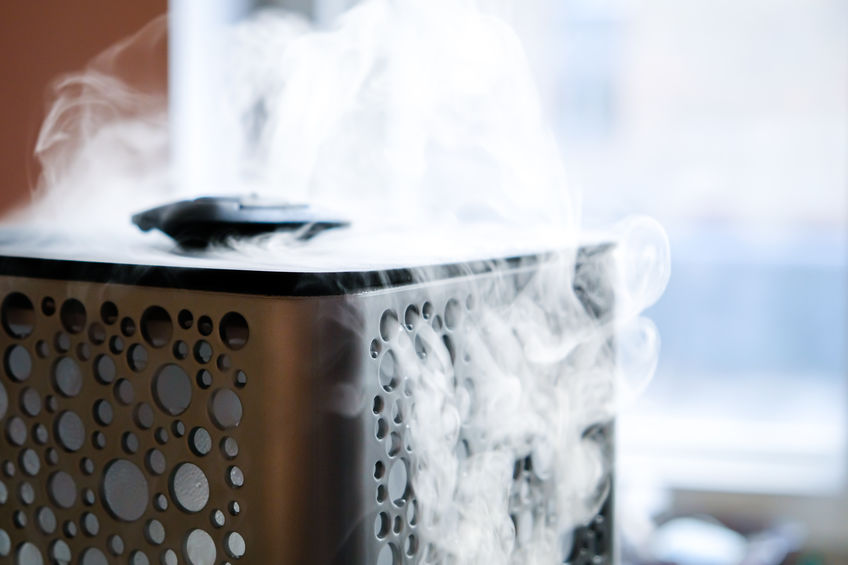Indoor Air Quality has been a hot topic of late, and is getting more attention in this current climate than ever before. HVAC efficacy and IAQ efforts are only a piece of the puzzle, however, and research shows that another important factor with a correlation to health and wellness is the relative humidity inside buildings. Though there are not currently regulations in place to mandate indoor air humidity levels, research has shown that there is an optimal range for humidity levels that helps to promote wellness and reduce the spread of respiratory infections. That sweet spot is thought to be between 40 and 60% RH, the ideal range for the proper function of the human respiratory system system.

According to Infection Control Consultant at Harvard Medical School, Dr. Stephanie Taylor, science has shown three reasons why we should always maintain an RH of 40-60% in public buildings such as schools, offices, and hospitals throughout the year. These three reasons are:
- Respiratory immune system efficiency
- Virus “float” time, and
- Virus survival time
In environments in which the air indoors is dry (0-40% RH), the respiratory system’s defenses are impaired, making them more vulnerable to viral infections. Furthermore, in these too-dry environments, airborne droplets containing viruses shrink by evaporation, thereby making them lighter and allowing them to float around the space for a longer period of time. Those airborne droplets containing viruses also dry, allowing the viruses to survive for longer, giving them more opportunity to cause infection.
Conversely, when indoor air is at 40-60% RH, the respiratory immune system’s defenses can function effectively, capturing, removing, or fighting off germs that cause infection. Those airborne droplets in which viruses hide, retain moisture which makes them heavier, causing them to fall out of the air. Also, in environments with proper RH, those airborne droplets that contain viruses retain moisture, allowing physicochemical reactions to deactivate the viruses, further protecting people from potential infection.
Humidify Hospitals and Workspaces
After delving into the science behind how appropriately maintained RH levels indoors can boost health and viral immunity, it isn’t difficult to see the benefits that accompany maintaining humidity levels in places such as hospitals, schools, and office buildings. Environments like hospitals, for example, require carefully-managed indoor air quality to help bolster effective patient care and optimal patient outcomes. The benefits of regulating the RH levels in hospitals include reduced healthcare-associated infections, decreased patient length of stay, improved quality care metrics, and decreased readmission rates. It’s even argued that modern air hydration technologies can even offer significant cost savings, improving overall energy efficiency and consequently maximizing revenue.
The same principles apply for other office buildings and workspaces. The argument is that establishing balanced relative humidity in the workplace is essential to employee health, as well as overall efficiency and productivity. Maintaining a level of 40-60% RH in office buildings offer the following benefits:
- Reduced spread of influenza and other airborne infections
- Healthier employees and minimized absenteeism
- Maximized energy efficiency and savings
- Improved mental focus and productivity
- Increased employee comfort
There is a vast range of available humidification and evaporative cooling solutions available to suit the needs of any sized building or office space. These tools and technologies work to keep humidity at optimal levels to keep employees, equipment, and operations running as smoothly as possible. So when it comes to indoor air quality, it’s important to to consider RH levels, and the potential benefits of keeping them in the prime range for health and virus protection.
